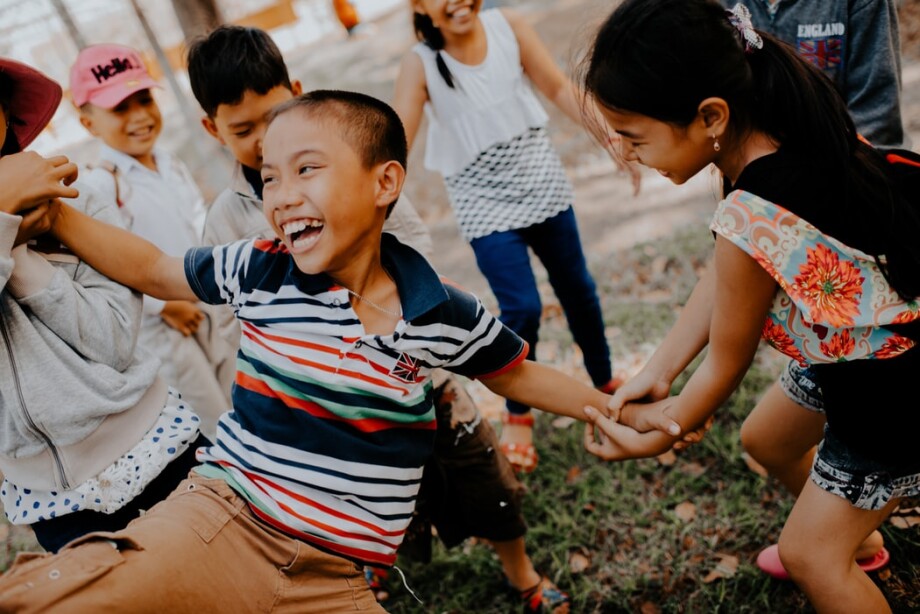Learning process typically involves passing standardized tests, grading, and other means of assessing progress toward rigid measures of academic success. But in many cases, due to external factors children may get behind their studies irrespective of their personal strengths. The whole child approach is aimed at revealing those external factors which may affect the child’s overall academic success. The whole-child approach to learning is a teaching philosophy that prioritizes all of the developmental and personal needs of students in addition to their academic achievements—in short, it is the holistic approach to learning. Through the whole-child approach to learning, children foster a sense of community, they are encouraged to develop interpersonal skills, problem-solving, goal setting, creativity, autonomy, and self-regulative skills.
The objective of the whole child approach is not just to improve students’ academic performances, but also contribute to their overall development.
For example, a student coping with parents’ divorce or one who is constantly teased by their classmates may not be able to concentrate or perform well in class. For optimal learning to occur, the emotional and social well-being of the students should also be considered and addressed.
Below you can find main principles of the whole child approach that can be applied in the classroom.
Health Tips
Include in your lesson health-related topics so that you can check if students get healthy nutrition, abstain from drugs and alcohol, engage in regular exercise etc. A healthy body can help create a healthy mind.
Safety and Support
Teachers must create a safe classroom atmosphere where bullying, harassment, and abuse have no place. Students must feel positive and accepted by the teacher and other students. They must feel support in the overall classroom procedures. Students must be well aware of the acceptable behaviour and the consequences of conflicts. Students must understand that the classroom is a safe environment in which they can discuss their concerns or problems and that they can always get support from teachers.
Engagement
Teachers implement various interactive projects and creative lessons, use media widely to fully engage students in the learning process.
Independence And Student-led Decision Making
At all stages of education, pupils can be given the freedom to make their own decisions and choices, and learn effectively from their mistakes. So, learners can be given the opportunity to choose activities or themes that really interest them.
So, the whole child approach uses social-emotional learning to help students create the best learning outcomes as the emotional health and happiness of the student is given more importance than his/her academic results.
In case the whole child approach is accepted as the main learning method it will create confident and holistically developed students.






 Вероника Аветисян
Вероника Аветисян 
 Маргарита Аветисян
Маргарита Аветисян 


